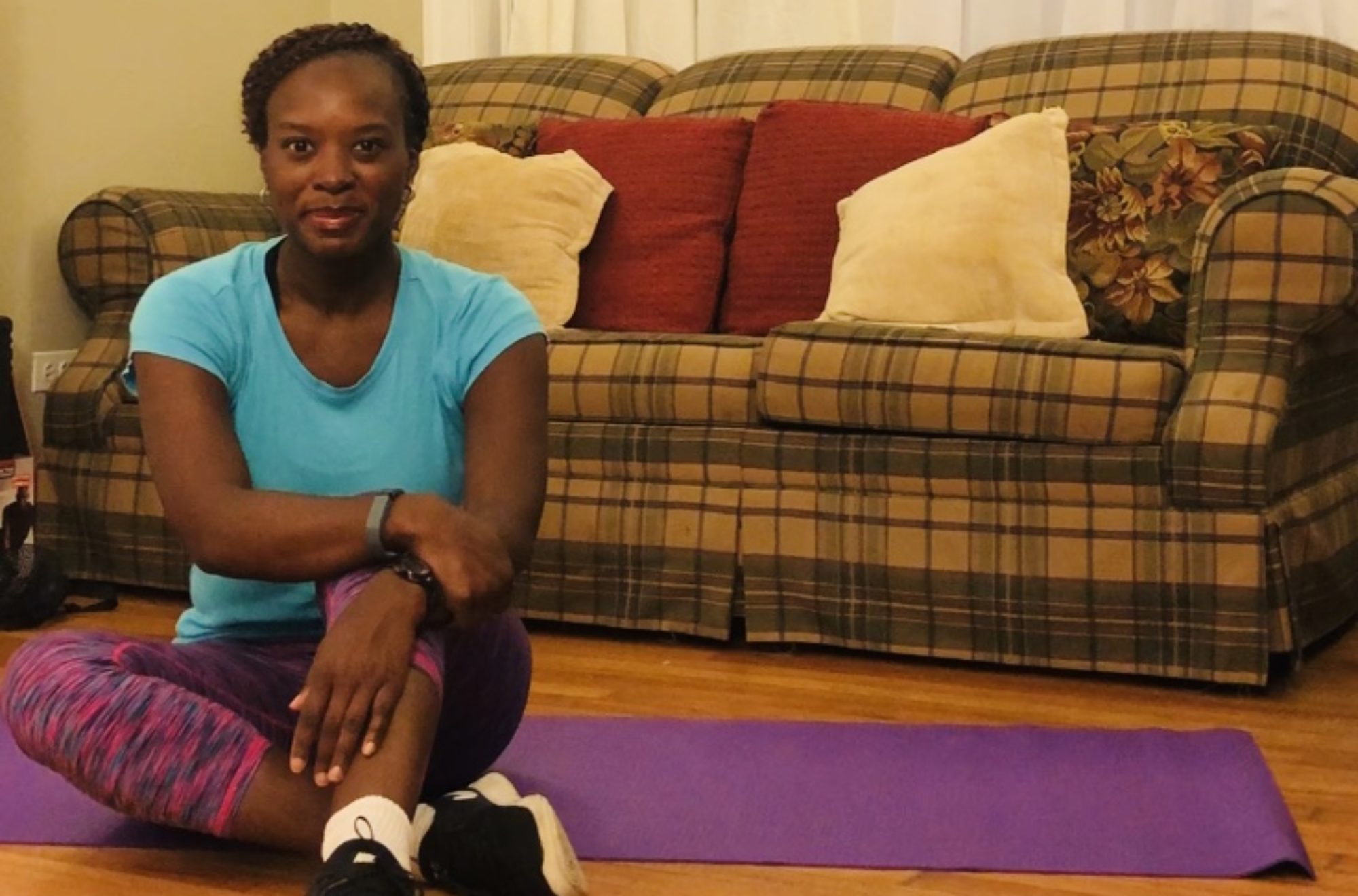
5 Tips for Finding Time for Fitness
Busy, busy, busy! Our days are jam-packed with meetings, appointments, and responsibilities. Finding time for fitness is virtually impossible.
We’re so concerned with everyone else that we don’t really look out for ourselves. In fact, we may have every intention of getting in a quick workout. But that intention does nothing but remain an intention.
There are those who have no problem setting aside a specific amount of time for exercise every day. Then there are those who sacrifice their work out to meet the needs of others.
If you’re having a little trouble finding time to workout, I hope you find these tips helpful.
Tip #1: Use Your Lunch Break
Regardless of where you work, you get some type of lunch break. If you’re a teacher or you work in an office, chances are you might have a tendency to work through your lunch. If you’re a stay at home mom or homeschooling parent, your lunch may be surrounded by little ones of a place of solitude. If you work from home, you might forget to take time for your lunch, but we’ll address that another day.
However, you can sneak 15 to 30 minutes of fitness into your day by splitting your lunch break in half. Take the first half to work out. Take a brisk walk around the building (or outside, if the weather permits). Find a quiet space to do some yoga or pilates. Do a couple of my six minutes workouts.
It doesn’t really matter what you do, just get moving for half of your lunch break, then eat a light, sensible lunch before heading back to work.
Tip #2: Have a Walking Meeting
We sit down A LOT when we’re at work.
Instead of sitting in the conference room or the classroom when it’s time for your team meeting, why not take it outside and have a moving meeting.
Research indicates that exercise stimulates your mind, so you may come up with solutions to a couple of problems while you’re moving. Plus getting as little as thirty minutes of daylight can help improve your sleep.
Tip #3: Skip the Elevator

Waiting for the elevator – and the subsequent ride to your floor – wastes some really awesome calorie-burning time.
By simply taking the stairs instead of riding that elevator, there’s no telling how many extra calories you can burn each day. You can even incorporate some strength building by taking the stairs two or three at a time. Doing so is very similar to doing a set of lunges.
If you work in a high-rise office building, it might not be feasible for you to take the stairs the whole way. Consider taking the elevator a portion of the way and walking the rest of the way.
Tip #4: Skip the Email
It is so easy to shoot an email to a colleague while you’re sitting there working on a project.
However, walking from your workspace to their workspace does two things: 1) It allows you to get a little more exercise into your day. 2) It helps build a relationship by adding human interaction.
Tip #5: Take the Scenic Route
Another way to sneak some fitness into your day is to go out of your way to complete daily tasks.
Walk to the restroom that’s on a different floor or section of the building instead of the one that’s really close to your workspace. Park in the space that farthest away from the door. Take the long way back fo your desk after a break. Do everything you can to sneak a little more fitness into your day.

Don’t forget to hop on that scale today and see where you are. If you didn’t lose anything, but you maintained where you were last week…that’s a major win!
Follow Get Fit with Charity on Facebook, Pinterest and Instagram!
























